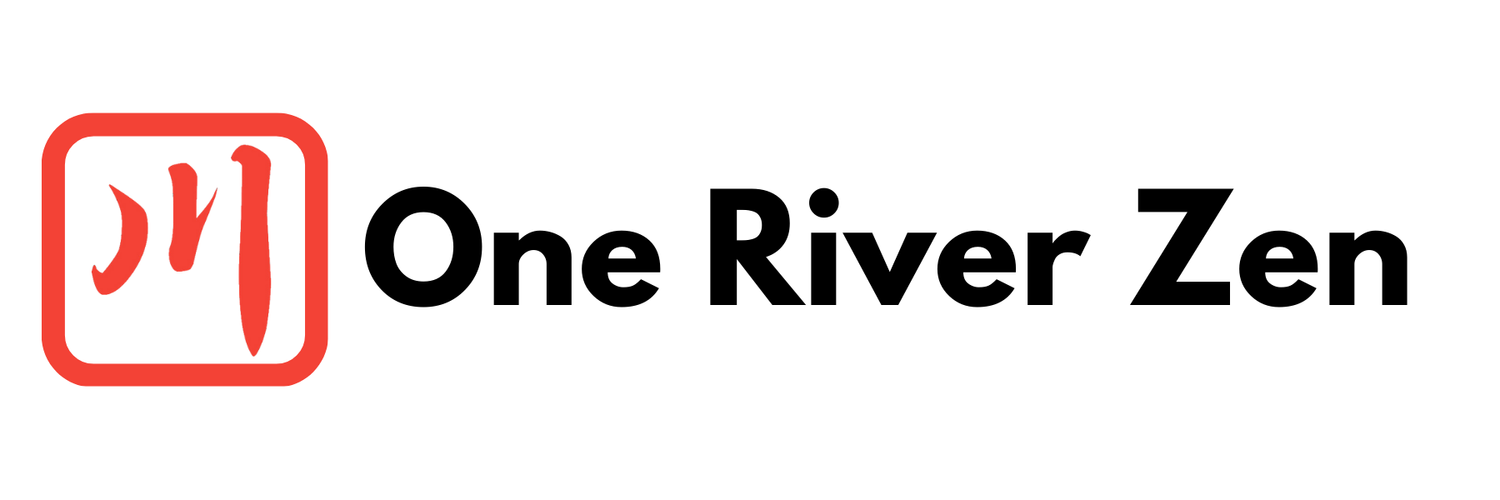The Unhesitating Hand of Compassion
A teisho on Case 54 of the Shōyōroku: Ungan's Great Compassionate One by Sensei Michael Brunner
We are deeply immersed in our study of Dōgen's Tenzo Kyōkun, his Instructions for the Cook. But it is not just about learning how to cook—it is about learning how to savor our lives. It is about moving beyond fixed ideas of what the path should be and stepping fully into each moment, being actualized by the circumstances at hand.
Study is a challenge. We read, we take notes, we hope to remember, and then we try to put it into practice. But practice is not found in words alone. We must embody it. We must be actualized by the very things we come in contact with. That is not always easy. But when we allow ourselves to dance and to be danced, to move beyond discursive thinking into intuitive presence, we begin to merge with the Way. And something else becomes possible: we can open to the fullness of life.
There is a case in the Shōyōroku, Case 54: Ungan's Great Compassionate One.
Ungan asked Dōgo, “What does the Great Compassionate Bodhisattva do when she uses her manifold hands and eyes?”
Dōgo said, “It is like a man who reaches behind him at night to search for his pillow.”
Ungan said, “I understand.”
Dōgo asked, “What do you understand?”
Ungan replied, “All over the body are hands and eyes.”
Dōgo said, “You have truly said it, but you have only reached 80%.”
Ungan asked, “What about you, Elder Brother?”
Dōgo replied, “Throughout the body are hands and eyes.”
A mondō, a dharma encounter, often works by juxtaposing words and concepts in a way that forces us beyond habitual thinking. Here, Ungan and Dōgo clarify the nature of compassion.
The Great Compassionate One, Avalokiteśvara, is the one who perceives the cries of the world and responds without hesitation. Her name appears in countless languages: Kanzeon, Guanyin, Kannon—each one evoking the same function. The legend tells us that when Avalokiteśvara saw the suffering of the world, her head shattered from the unbearable weight of compassion. Amitābha Buddha, seeing this, reassembled her with nine heads and a thousand arms, each palm bearing an eye. Eyes to see. Hands to act.
In this dialogue, Dōgo presents a striking image: compassion is like reaching for a pillow in the dark. There is no calculation, no hesitation. It is an uncontrived movement, unbound by concepts. When we hold someone who is suffering, we do not stop to weigh whether their suffering is worthy of response. We do not measure how much compassion to give. We simply hold them. We simply reach.
Ungan hears this and says, “I understand.” But understanding is not the Way. Dōgo presses him: What do you understand? Ungan responds, “All over the body are hands and eyes.” This is not bad. But Dōgo sees the subtle error: All over the body still implies separation. There is still a body and there are still hands and eyes. The self remains at the center. The constructed self persists.
Dōgo's final response dissolves this separation: Throughout the body are hands and eyes. Here, the body itself is transformed. There is no one performing compassion; compassion is simply moving, freely, unimpeded. There is no distinction between seeing and acting, between self and other. It is not that we have hands and eyes. Rather, the body itself is hands and eyes.
This is where Avalokiteśvara is reborn, not as something separate or supernatural, but as the very nature of things. When we cling to our small self, we limit our capacity to respond. We hesitate, we calculate, we get tangled in ideas of worthiness, right action, and consequences. But when we stop interfering, when we let go, we function as the manifold hands and eyes of the universe. Even this is too many words.
This is our body as a practice fractal—each time we look closer, the same pattern unfolds again and again. Compassion emerges, karmic circumstances shift, and our nirmanakaya body, our embodied realization, appears. And yet, beyond this, there is nothing to point to, nothing to grasp.
Dōgen says in the Genjōkoan: To carry the self forward and to illuminate the myriad things is delusion. That myriad things come forth and illuminate the self is awakening.
Compassion is not something we do. It is what we are. If we allow it. If we let go.
This is not a teaching to understand. It is a practice to embody.
Zen is not bound by a place or a time. It is not Japanese, Chinese, Indian or even American. While it has passed through these cultures and bears their marks, it has also taken root here. It has been steeped in this place, shaped by our lives, and continues to unfold.
To truly enter this practice requires awareness of our karmic conditioning. If you want to see your karmic momentum, sit quietly and invite forth your inner cynic. Let it speak. Listen to its assumptions, its doubts, its fears. It will show you all the places where you hold back, where you hesitate, where you create distance.
But when we let go, the hand reaches for the pillow in the dark. There is no separation. No calculation. Just this.
